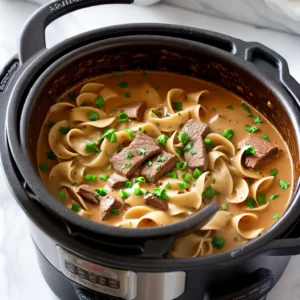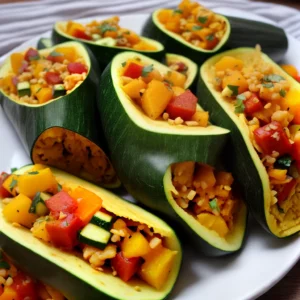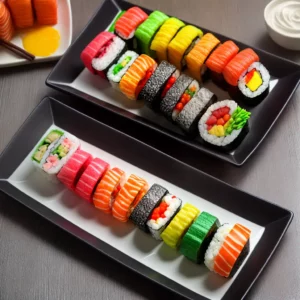How Many Pints in a Gallon
If you’ve ever found yourself wondering how many pints are in a gallon, you’re in the right place. Understanding this conversion is crucial, especially when it comes to cooking and baking. Whether you’re following a recipe or scaling up quantities, knowing how many pints are in a gallon will ensure that your measurements are accurate and your dishes turn out perfectly.
How Many Pints in a Gallon – Key Takeaways:
- There are 8 pints in one gallon.
- The term “pint” is derived from the French word “pinte,” while the term “gallon” has its roots in ancient Rome.
- In the US, a pint is equal to 16 fluid ounces, whereas in the UK, it is equal to 20 fluid ounces.
- A gallon in the US is equal to 128 fluid ounces, while in the UK, it is equal to 160 fluid ounces.
- To convert pints to gallons, divide the number of pints by 8. To convert gallons to pints, multiply the number of gallons by 8.
Knowing the conversion between pints and gallons is invaluable in accurately measuring ingredients for your favorite recipes. So, the next time you come across a recipe that calls for a gallon or a pint, you can confidently and precisely measure the required amount.
Understanding Pints and Gallons in the Imperial System
The terms “pint” and “gallon” find their roots in different historical contexts in the Imperial System of measurement. The word “pint” originated from the French word “pinte,” meaning a liquid measure. In the United States, a pint is equivalent to 16 fluid ounces, while in the United Kingdom, it is equal to 20 fluid ounces.
The term “gallon” has ancient Roman origins, derived from the Latin word “gal(l)ona.” In the US, a gallon is equal to 128 fluid ounces, whereas in the UK, it is equal to 160 fluid ounces. These variations between US and UK measurements can lead to confusion when dealing with recipes or conducting international business.
To convert pints to gallons, simply divide the number of pints by 8. For example, if you have 24 pints, dividing it by 8 would give you 3 gallons. Conversely, to convert gallons to pints, multiply the number of gallons by 8. For instance, if you have 5 gallons, multiplying it by 8 would give you 40 pints.
| Pints | Gallons |
|---|---|
| 1 | 0.125 |
| 2 | 0.25 |
| 3 | 0.375 |
| 4 | 0.5 |
Understanding the conversion between pints and gallons is crucial in the culinary world. Accurate measurement is essential in cooking and baking to ensure consistent and successful results. Whether you’re scaling up a recipe or adjusting serving sizes, knowing how many pints are in a gallon can help you achieve precision in your measurements.

Delving deeper into the historical development of measurement systems brings an appreciation for the complexity and significance of pints and gallons. From the ancient Romans to the modern-day United States and United Kingdom, units of volume continue to play a vital role in countless fields, including cooking, science, and trade.
Next, we’ll compare the fluid ounce measurements between the US and UK, highlighting the differences in pints and gallons on a more detailed level.
US vs. UK Pints and Gallons: Fluid Ounce Comparison
It’s important to note that a pint in the US differs in size from a pint in the UK, primarily in terms of fluid ounces. In the US, a pint is equivalent to 16 fluid ounces, while in the UK, it is equivalent to 20 fluid ounces. Similarly, when it comes to gallons, there is a difference in fluid ounces between the two countries. In the US, a gallon is equal to 128 fluid ounces, whereas in the UK, it is equal to 160 fluid ounces.
This variation in measurements can lead to confusion, especially when following recipes from different regions. For instance, if a US recipe calls for 2 pints of milk, it would be equivalent to 32 fluid ounces. However, in the UK, 2 pints of milk would amount to 40 fluid ounces. This discrepancy highlights the importance of understanding the conversion between US and UK pints and gallons when working with recipes from various sources.
To convert pints to gallons, you simply need to divide the number of pints by 8. For example, if you have 16 pints of water, dividing it by 8 would give you 2 gallons. Conversely, to convert gallons to pints, multiply the number of gallons by 8. If you have 3 gallons of oil, multiplying it by 8 would yield 24 pints. These formulas allow for accurate conversions when dealing with different measurements in cooking and baking.
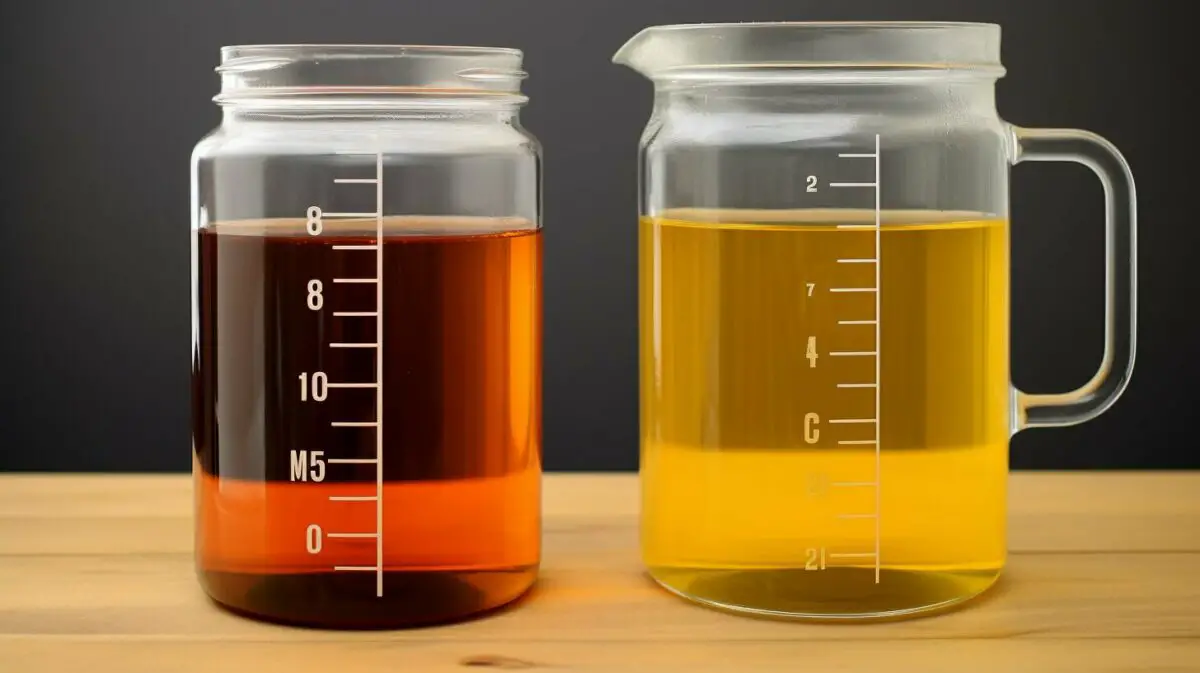
| Measurement | US | UK |
|---|---|---|
| 1 Pint | 16 fluid ounces | 20 fluid ounces |
| 1 Gallon | 128 fluid ounces | 160 fluid ounces |
As shown in the table above, the US and UK measurements for pints and gallons differ in terms of fluid ounces. By being aware of these variations and familiarizing yourself with the conversion formulas, you can ensure accurate measurements and successful results in your culinary endeavors.
Conversion Formula: Pints to Gallons
Converting pints to gallons is a simple process that involves a straightforward formula. To convert pints to gallons, you need to divide the number of pints by 8. This conversion is useful in various culinary endeavors, especially when measuring ingredients accurately in recipes. Understanding the relationship between pints and gallons is essential for cooking and baking, as it allows you to scale measurements and ensure consistent results.
In the United States, a pint is equal to 16 fluid ounces, while in the United Kingdom, it is equal to 20 fluid ounces. Similarly, a gallon in the US is equal to 128 fluid ounces, while in the UK, it is equal to 160 fluid ounces. By applying the conversion formula, you can easily determine the equivalent number of gallons when given a certain number of pints.
| Pints | Gallons |
|---|---|
| 1 | 0.125 |
| 2 | 0.25 |
| 3 | 0.375 |
For example, if you have 4 pints of milk and want to convert it to gallons, you would divide 4 by 8, which gives you 0.5 gallons. It’s important to note that the conversion factor of 8 is derived from the fact that there are 8 pints in one gallon.
Having a clear understanding of the conversion formula for pints to gallons allows you to easily adjust measurements to suit your needs. Whether you’re doubling a recipe or making adjustments for a smaller batch, this knowledge empowers you to confidently navigate the world of culinary measurements.
Conversion Formula: Gallons to Pints
When you need to convert gallons to pints, a specific formula can help you make accurate calculations. In the United States, there are 8 pints in one gallon. To convert gallons to pints, you simply need to multiply the number of gallons by 8. This formula allows you to easily determine the equivalent number of pints for a given volume in gallons.
For example, if you have 2 gallons of milk that you want to convert to pints, you would multiply 2 (gallons) by 8 (the conversion factor). The result is 16 pints. So, 2 gallons is equal to 16 pints.
This conversion formula is especially useful when following recipes that require precise measurements. Being able to convert between gallons and pints allows you to accurately measure ingredients and ensure the desired taste and consistency in your dishes. Whether you’re a professional chef or a home cook, understanding this conversion is essential for achieving culinary success.
| Gallons | Pints |
|---|---|
| 1 | 8 |
| 2 | 16 |
| 3 | 24 |
By referring to the conversion table above, you can quickly determine the number of pints in a given number of gallons. This table can serve as a handy reference when you’re in the midst of cooking or baking and need to convert measurements on the spot.
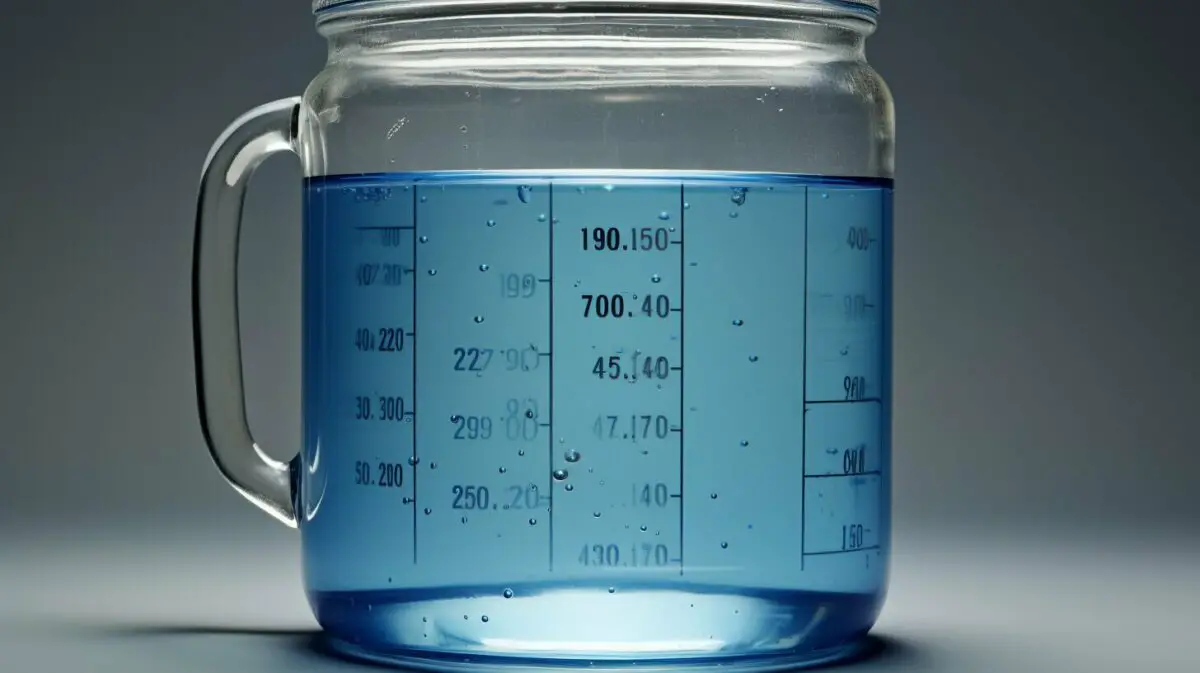
Having a basic understanding of measurement conversions, such as converting gallons to pints, is crucial for anyone working in the kitchen. It helps ensure that your recipes turn out as intended and allows for consistency in your cooking. With the conversion formula and reference table, you can confidently navigate between gallons and pints, making your culinary adventures both precise and enjoyable.
Helpful Measurement References: Pints and Gallons Conversion Table
Having a readily accessible conversion table can save you time and ensure precision when measuring volumes. When it comes to converting pints to gallons and vice versa, having a reference handy can be incredibly helpful in the kitchen. Here is a comprehensive conversion table for your convenience:
| Pints | Gallons |
|---|---|
| 1 pint | 1/8 gallon |
| 2 pints | 1/4 gallon |
| 4 pints | 1/2 gallon |
| 8 pints | 1 gallon |
| 16 pints | 2 gallons |
| 32 pints | 4 gallons |
This conversion table allows you to quickly determine the equivalent number of pints in a gallon and vice versa. Whether you’re following a recipe with specific measurements or scaling up your own creations, this resource will help you achieve accuracy in your culinary endeavors.
Remember, when converting pints to gallons, simply divide the number of pints by 8. For example, if you have 24 pints, divide it by 8 to get 3 gallons. Conversely, when converting gallons to pints, multiply the number of gallons by 8. For instance, if you have 5 gallons, multiply it by 8 to get 40 pints.
With this pints and gallons conversion table at your fingertips, you can confidently navigate any recipe that calls for these measurements. So go ahead, explore new dishes, and create culinary masterpieces with ease!
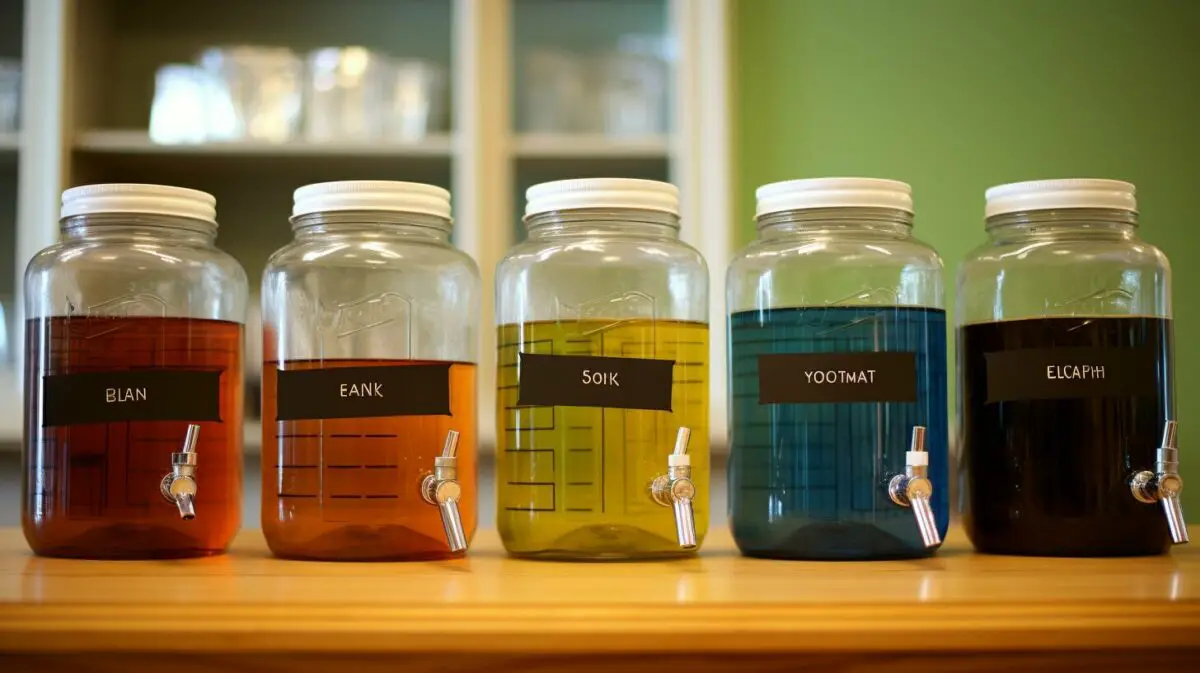
Technology has made it even easier to convert pints to gallons or vice versa, thanks to a range of online converters and mobile apps. These handy tools provide instant and accurate conversions, eliminating the need for manual calculations and saving valuable time in the kitchen.
One popular online converter is Convertify, which allows you to simply enter the number of pints or gallons you want to convert and instantly displays the equivalent value. It also provides an option to switch between US and UK measurements, ensuring accuracy based on your specific needs.
If you prefer the convenience of a mobile app, Pint2Gallon Converter is an excellent choice. Available for both iOS and Android devices, this user-friendly app allows you to convert pints to gallons and vice versa with just a few taps. It also features a built-in measurement reference guide, making it a valuable tool for any home cook or baker.
| Online Converter | Mobile App |
|---|---|
| Convertify | Pint2Gallon Converter |
| Instant conversions | User-friendly interface |
| US and UK measurements | Built-in measurement reference |
Why Use Online Converters and Mobile Apps?
- Convenience: Online converters and mobile apps are accessible anytime, anywhere, making them ideal tools for quick conversions on the go.
- Accuracy: These tools are designed to provide precise conversions, ensuring you get the correct measurements for your recipes.
- Time-saving: Rather than manually calculating conversions, online converters and mobile apps instantly provide the results you need, saving you valuable time in the kitchen.
- Reference Guides: Many mobile apps include built-in measurement references, allowing you to easily access additional conversion information and expand your culinary knowledge.
With the help of online converters and mobile apps, converting pints to gallons and vice versa has never been easier. These tools not only simplify the process but also ensure accuracy, making them invaluable resources for any cooking or baking enthusiast.

Accurate measurement plays a vital role in achieving consistent and delicious results in the kitchen. Whether you’re a seasoned chef or a novice cook, understanding the conversion between pints and gallons is essential. It allows you to follow recipes precisely and ensure that the proportions of ingredients are correct. Cooking and baking are both science and art, and accurate measurements are the foundation for creating culinary masterpieces.
When it comes to liquid ingredients, such as water, milk, or broth, the volume of pints and gallons can significantly impact the texture and taste of your dishes. Imagine adding too much liquid to a soup or sauce, making it excessively watery and diluting the flavors. Conversely, adding too little liquid can result in dry and unappetizing results. By accurately measuring pints and gallons, you can maintain the right balance and achieve the desired consistency in your recipes.
Furthermore, accurate measurement is crucial for achieving consistent results when scaling recipes up or down. If a recipe calls for a gallon of stock, but you only need a pint, knowing how to convert between these measurements ensures that you have the correct amount. Similarly, if you’re doubling a recipe to serve a larger group, accurate measurement ensures that the flavors and textures remain balanced. It allows you to replicate your favorite dishes with precision and confidence.
Table: Pints to Gallons Conversion
| Pints | Gallons |
|---|---|
| 1 | 1/8 |
| 2 | 1/4 |
| 4 | 1/2 |
| 8 | 1 |
As shown in the table above, there are 8 pints in one gallon. So, if a recipe calls for 4 pints of liquid, you’ll need half a gallon. Conversely, if you have 2 gallons of soup and want to convert it to pints, simply multiply the number of gallons by 8. This conversion knowledge empowers you to make accurate adjustments and ensures that your culinary creations turn out just right.
Accurate measurement is a fundamental skill that every home cook should master. By understanding the conversion between pints and gallons, you’ll be able to confidently navigate any recipe, knowing that your measurements are precise. So grab your measuring cups and spoons, and let’s embark on a culinary journey where accuracy and creativity go hand in hand!
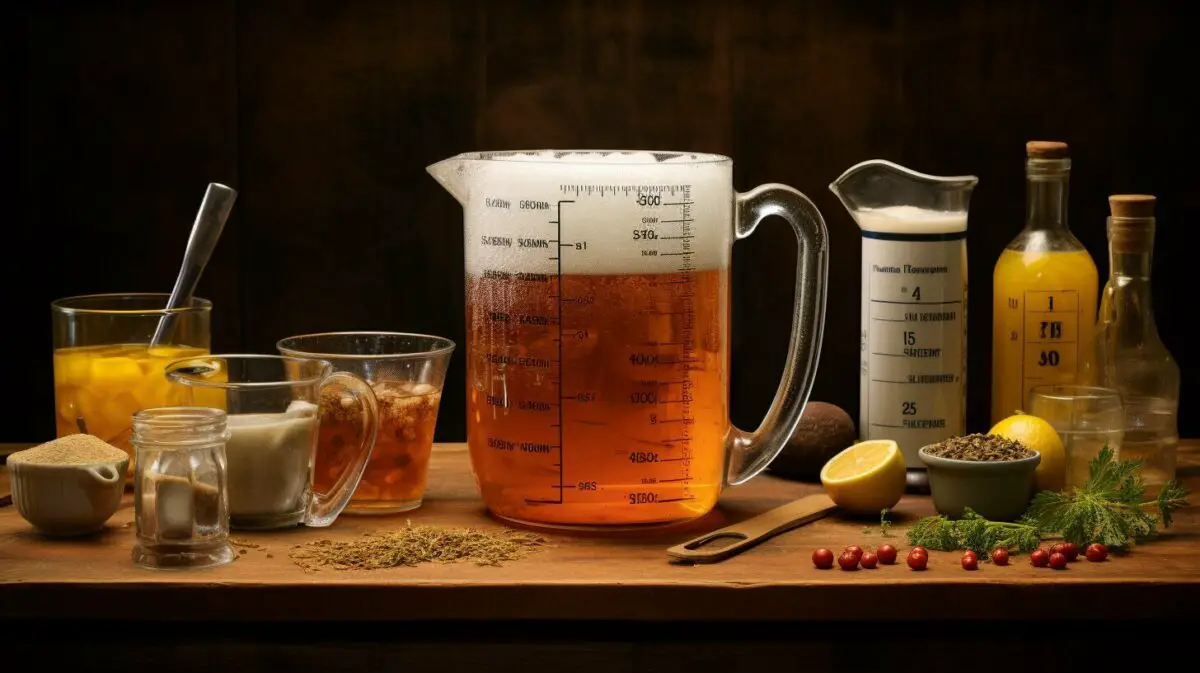
Capacity refers to the maximum amount of liquid a container can hold, and it’s important to understand how it relates to pints and gallons. When measuring ingredients for recipes, it’s crucial to have the right size container to ensure accurate measurement. Let’s explore some common containers and their measurements in pints and gallons.
One common container for liquid measurements is the measuring cup. Measuring cups typically come in various sizes, including 1 cup, 2 cups, 4 cups, and 8 cups. These measurements are often marked in both pints and gallons to provide flexibility in cooking and baking. For example, a 1-cup measuring cup is equivalent to 0.5 pints or 0.125 gallons. By understanding these conversions, you can easily adjust your recipe measurements based on the size of your measuring cup.
Another commonly used container is the gallon jug. Gallon jugs are typically used for storing and dispensing larger quantities of liquid. Knowing the capacity of a gallon jug is essential for accurately measuring and pouring liquids. A gallon jug holds 8 pints or 1 gallon of liquid, making it a convenient container for bulk recipes or when preparing large quantities of beverages.
Understanding the measurements of different containers helps ensure precise and consistent results in cooking and baking. It allows you to calculate the right amount of ingredients needed for your recipes and avoid miscalculations that could affect the taste and texture of your dishes. By familiarizing yourself with the capacity of containers, you empower yourself in the kitchen and unlock endless culinary possibilities.
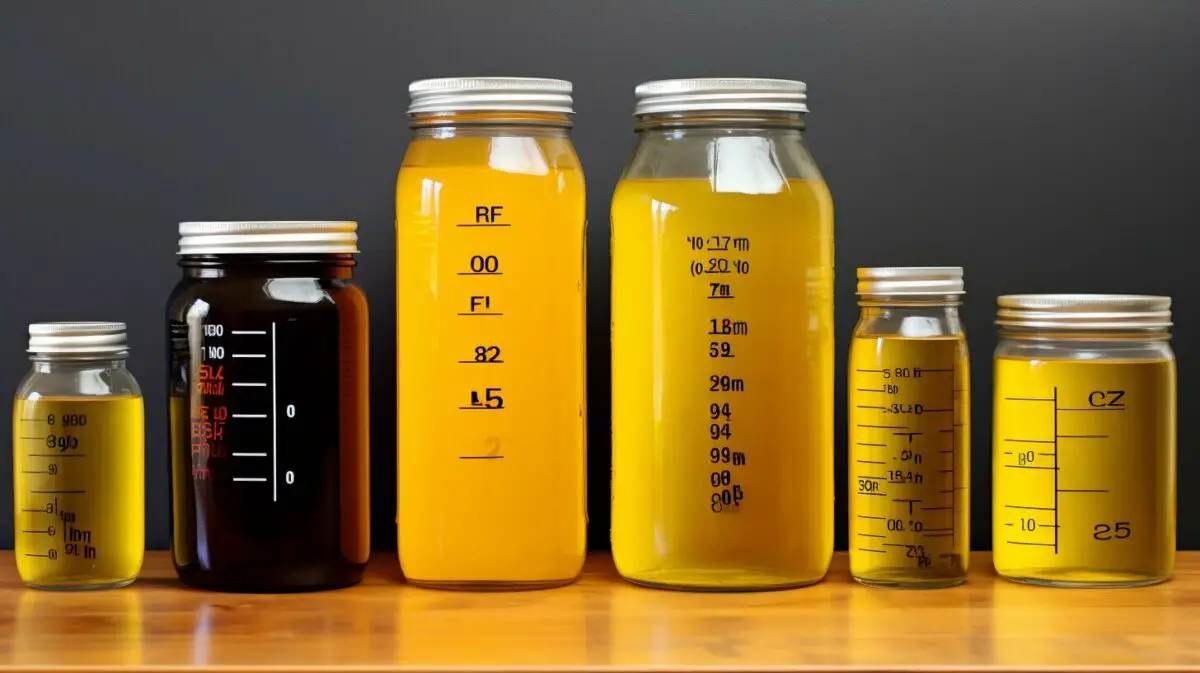
| Container | Capacity (Pints) | Capacity (Gallons) |
|---|---|---|
| Measuring Cup (1 cup) | 0.5 | 0.125 |
| Measuring Cup (2 cups) | 1 | 0.25 |
| Measuring Cup (4 cups) | 2 | 0.5 |
| Measuring Cup (8 cups) | 4 | 1 |
| Gallon Jug | 8 | 1 |
Precision and Accuracy: Estimating and Rounding Measurements
Achieving precision and accuracy in measurements is crucial, but there are times when estimating or rounding can be acceptable. In cooking and baking, where recipes often call for measurements in pints and gallons, it is important to understand when and how to make these estimations or roundings to ensure successful results.
When it comes to estimating measurements, it is common to encounter situations where an exact measurement is not necessary. For instance, if a recipe calls for 3 pints of water, but you only have a 2-pint container on hand, you can estimate that it is close enough and proceed with the recipe. Estimating is especially useful for liquid ingredients where slight variations in quantity are unlikely to significantly affect the final outcome.
Rounding measurements can also be employed to simplify calculations and make them more manageable. For example, if a recipe calls for 1.5 gallons of milk, you can round it to 2 gallons to make the measurements easier to work with. Rounding can be particularly helpful when dealing with large quantities or when precise measurements are not critical.
| Precision | Estimating Measurements | Rounding Measurements |
|---|---|---|
| Definition | Approximating measurements based on visual judgment or experience. | Simplifying measurements to a more manageable value. |
| Applicability | When precision is not critical or exact measurements are not necessary. | When working with large quantities or simplifying calculations. |
| Usage Example | Estimating the amount of spices to add to a dish based on personal preference. | Rounding 1.25 cups of flour to 1.5 cups for easier measurement. |
It’s important to note that while estimating and rounding can be helpful tools in the kitchen, they should be used judiciously and with caution. Certain recipes or scientific measurements may require precision and accuracy down to the smallest fraction, and in those cases, it is crucial to adhere to the specified measurements as closely as possible.

In summary, understanding precision and accuracy in measurements is essential for successful cooking and baking. Estimating and rounding can be useful techniques to simplify calculations and work with quantities that are close enough to the desired measurement. However, it is important to exercise caution and consider the specific requirements of the recipe or scientific application when deciding whether or not to estimate or round measurements.
Beyond Pints and Gallons: Exploring Other Liquid Measurements
While pints and gallons are important units of measurement, it’s valuable to have a general understanding of other liquid measurements commonly used in recipes. These measurements can help ensure accuracy and precision when preparing meals and baked goods. Let’s take a closer look at some of these measurements:
Cups
Cups are one of the most commonly used liquid measurements in cooking and baking. They come in various sizes, with the standard cup measurement being 8 fluid ounces. This versatile measurement is often used for liquids like milk, water, and broths.
Quarts
A quart is equal to 4 cups or 32 fluid ounces. It’s a larger measurement commonly used for liquids that require larger quantities, such as soups, sauces, and stocks. Having an understanding of quarts can help when scaling up recipes or when following instructions that call for larger volumes.
Fluid Ounces
Fluid ounces are a smaller unit of measurement commonly used to measure liquids like juice, oil, and vinegar. There are 8 fluid ounces in a cup, 16 fluid ounces in a pint, and 128 fluid ounces in a gallon. Being familiar with fluid ounces can be helpful when following recipes that provide measurements in this unit.
Tablespoons, Teaspoons, Milliliters, and Liters
Tablespoons and teaspoons are often used to measure smaller quantities of liquid ingredients like spices, extracts, and oils. Milliliters and liters are metric units that are commonly used in baking and cooking, especially in European recipes. It’s worth noting that these measurements might require a different set of measuring spoons or cups.
“Understanding and accurately measuring liquid ingredients is crucial for achieving the desired results in cooking and baking.” – Cooking and Baking Tips
By familiarizing ourselves with these various liquid measurements, we can confidently tackle a wide range of recipes. Whether it’s a simple cup of coffee or a complex cake recipe, understanding measurements beyond pints and gallons opens up a world of culinary possibilities.
| Liquid Measurement | Equivalent in Fluid Ounces |
|---|---|
| 1 cup | 8 fl oz |
| 1 pint | 16 fl oz |
| 1 quart | 32 fl oz |
| 1 gallon | 128 fl oz |
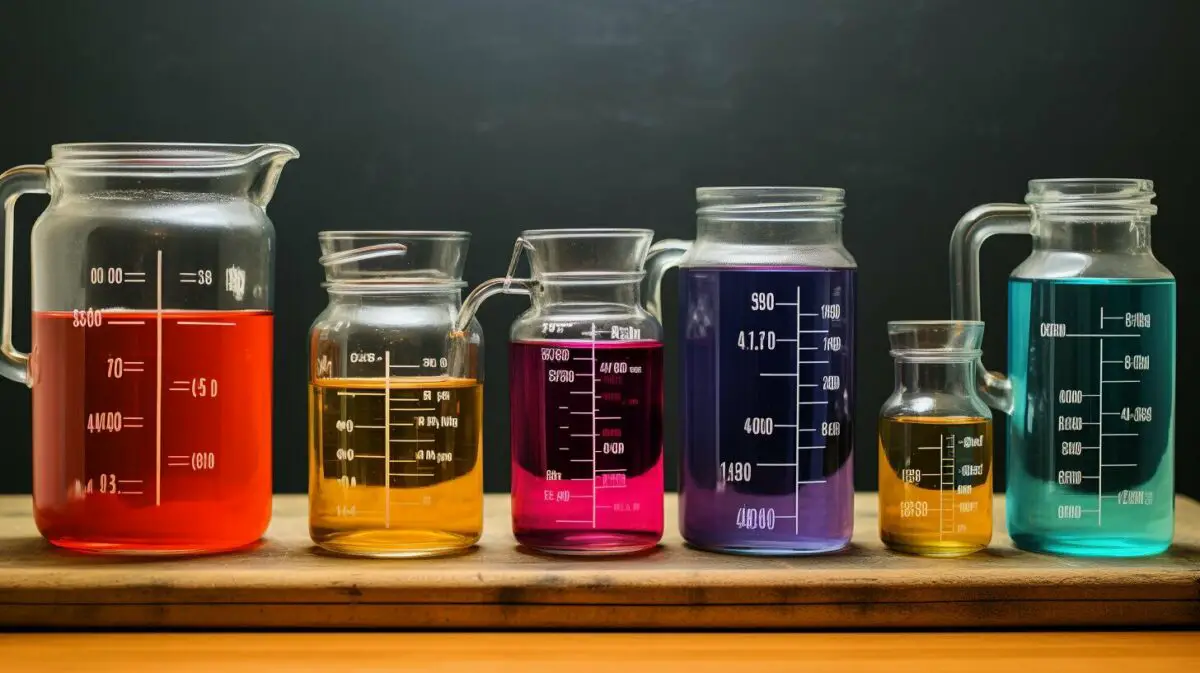
Understanding Measurement Systems: The Basics of Length, Mass, and Time
Measurement systems encompass more than just volume, with length, mass, and time also being fundamental units of measurement. Understanding these concepts is crucial in various fields, including science, engineering, and everyday life. Let’s take a closer look at each of these measurement systems and their importance.
Length
Length is a fundamental measurement that we encounter daily. It refers to the distance between two points and is commonly measured using units such as inches, feet, yards, and miles. In scientific applications, the metric system is used, where the base unit of length is the meter. Having a good grasp of length measurements is essential in construction, architecture, and numerous other industries where precise measurements are required.
Mass
Mass is the measure of the amount of matter in an object. It is often confused with weight, but they are not the same. Weight refers to the force exerted on an object due to gravity, while mass is an intrinsic property and remains the same regardless of location. Mass is frequently measured using units such as ounces, pounds, grams, and kilograms. This measurement plays a pivotal role in fields like physics, chemistry, and manufacturing, where accurate weight calculation is necessary.
Time
Time is a dimension that governs our daily routines. It allows us to measure the duration of events, whether short or long. Time is measured in units such as seconds, minutes, hours, days, months, and years. Accurate timekeeping is essential in various fields, including astronomy, transportation, and scheduling. Additionally, time serves as a fundamental element in other areas of measurement, such as speed and frequency.
Understanding the basics of length, mass, and time opens the door to a deeper comprehension of the world around us. These measurement systems provide a framework for quantifying and comparing the physical aspects of our surroundings. By familiarizing ourselves with these fundamental units, we can navigate through diverse disciplines and appreciate the importance of precise measurements in both practical and scientific contexts.
| Measurement System | Basic Unit |
|---|---|
| Length | Meter |
| Mass | Gram |
| Time | Second |

Understanding the relationship between pints and gallons is an essential skill for any master chef seeking precision and accuracy in their culinary pursuits. As I’ve explored throughout this article, there are 8 pints in one gallon, making this conversion an important aspect of cooking and baking.
The term “pint” originated from the French word “pinte,” while “gallon” can be traced back to Rome. In the United States, a pint is equivalent to 16 fluid ounces, whereas in the UK, it is equal to 20 fluid ounces. Similarly, a gallon in the US is equal to 128 fluid ounces, while in the UK, it is equal to 160 fluid ounces.
To convert pints to gallons, simply divide the number of pints by 8, and to convert gallons to pints, multiply the number of gallons by 8. This conversion formula is a valuable tool for accurately measuring ingredients in recipes and ensuring optimal results.
Whether you’re a seasoned chef or an enthusiastic home cook, having a good grasp of pints and gallons will provide you with the confidence to tackle any recipe with precision. So, the next time you’re following a recipe that calls for specific measurements, remember the relationship between pints and gallons, and you’ll be well on your way to culinary excellence!
How Many Pints in a Gallon – FAQ
Q: How many pints are in a gallon?
A: There are 8 pints in one gallon.
Q: What is the origin of the terms “pint” and “gallon” in the Imperial System?
A: The term “pint” comes from the French word “pinte,” while the term “gallon” has roots in Rome.
Q: What are the differences between pints and gallons in the US and UK?
A: In the US, a pint is equal to 16 fluid ounces, while in the UK, it is equal to 20 fluid ounces. Similarly, a gallon in the US is equal to 128 fluid ounces, while in the UK, it is equal to 160 fluid ounces.
Q: How do I convert pints to gallons?
A: To convert pints to gallons, simply divide the number of pints by 8.
Q: How do I convert gallons to pints?
A: To convert gallons to pints, multiply the number of gallons by 8.
Q: Is there a conversion table for pints and gallons?
A: Yes, you can refer to a handy conversion table to quickly determine the equivalent number of pints in a gallon and vice versa.
Q: Are there any tools available for easy conversion?
A: Yes, you can find online converters and mobile apps that can perform instant pints-to-gallons conversions and vice versa.
Q: Why is accurate measurement important in cooking?
A: Accurate measurement ensures precise results in recipes and helps maintain consistency in flavors and textures.
Q: How are containers measured in pints and gallons?
A: Containers are measured in terms of their capacity, which can be expressed in pints or gallons.
Q: Should I estimate or round off measurements?
A: Estimating and rounding off measurements can be done for practical purposes, but precision and accuracy are crucial for consistent results in cooking.
Q: What are some other common liquid measurements in cooking?
A: Besides pints and gallons, other common liquid measurements include cups, quarts, fluid ounces, tablespoons, teaspoons, milliliters, and liters.
Q: Are there other measurement systems beyond volume?
A: Yes, measurement systems also include length, mass, and time, which are essential in various contexts.
How Many Pints in a Gallon
Our Friends:
- https://www.100daysofrealfood.com/how-many-pints-in-a-gallon/
- https://livelytable.com/cooking-conversions/how-many-pints-in-a-gallon/
Related Recipes:
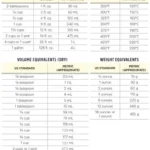 How Many Cups Are in a Liter: Unlocking the Mystery
How Many Cups Are in a Liter: Unlocking the Mystery
 How Many Ounces Are in a Pint? (Perfect Measurement Conversion Guide)
How Many Ounces Are in a Pint? (Perfect Measurement Conversion Guide)
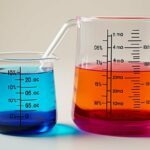 How Many Milliliters in an Ounce? (Perfect Measurement Conversion Guide)
How Many Milliliters in an Ounce? (Perfect Measurement Conversion Guide)
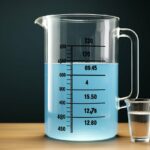 How Many Milliliters in a Gallon? (Perfect Measurement Conversion Guide)
How Many Milliliters in a Gallon? (Perfect Measurement Conversion Guide)
 How Many Cups Are in a Gallon? (Perfect Measurement Conversion Guide)
How Many Cups Are in a Gallon? (Perfect Measurement Conversion Guide)
 How Many Ounces Are in a Quart? (Ultimate Measurement Conversion Guide)
How Many Ounces Are in a Quart? (Ultimate Measurement Conversion Guide)
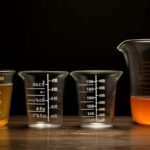 How Many Milliliters in a Pint? (Measurement Conversion Guide)
How Many Milliliters in a Pint? (Measurement Conversion Guide)
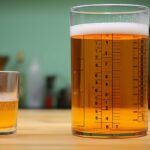 How Many Cups Are in a Pint? (Perfect Measurement Conversion Guide)
How Many Cups Are in a Pint? (Perfect Measurement Conversion Guide)



